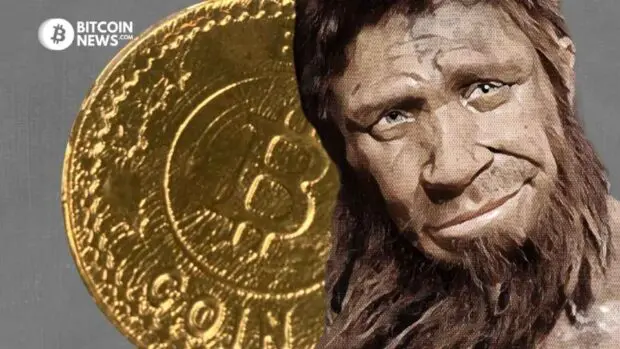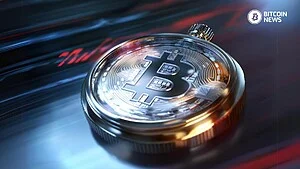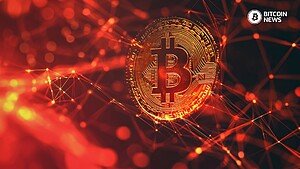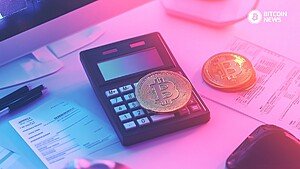In 2009, when Bitcoin was first announced with the mining of the Genesis Block, Bitcoin was not money. It would be another year before what is now known as Bitcoin Pizza Day–a.k.a.,May 2010. That’s when Laszlo Hanyecz posted on Bitcointalk.org that he was willing to pay 10,000 bitcoins for anyone who would deliver two pizzas to his home. The pizzas were delivered and the bitcoin duly paid.
This incident is unique not only because of the eye-watering amount this transaction would be worth today, but because it is regarded as the day Bitcoin achieved medium-of-exchange status. Having previously been mined, sent, and forwarded between various cryptography enthusiasts, the so-called “funny internet-money” was now, well, money.
But apart from this rather clunky example, what other attributes conspire to make these lines of code, this online ledger, actual money?
The unique chemical properties of gold have made it a store of value and medium of exchange for millennia. These attributes have maintained gold as the primary unit of account across cultures and centuries. However, when gold is found deep in the layers of earth or is extracted from it, it’s not yet necessarily considered money. A lump of gold is not much use for a business transaction, either locally or internationally. Before this lump can become a medium of exchange, its purity must be calculated and verified, it must be weighed, and crucially, it must be made fungible. Think of fungibility as having 10 one-hundred-dollar bills randomly spread on a table; each has a function no more nor less than the other. As a medium of exchange it would make no difference which note was chosen.
To make this lump of metal fungible, to make it a medium of exchange, it must be made standard. Typically, this was done by marking or stamping it with the symbol of a Monarch’s head, thus marking it as a coin. Once multiple lumps of gold were made homogeneous, the (now) gold coins could become a medium of exchange and store of value. In other words, the fungible coins would be increasingly recognized across time and space, making them useful for trade.
And so, back to Bitcoin and the two pizzas. After that day, Bitcoin became a monetary commodity subject to the vagaries of supply and demand. The unique mathematical properties of Bitcoin make it uniform from the first time it was used as a medium of exchange; it comes pre-marked, pre-stamped. Because it is standard in and of itself, Bitcoin became money on Bitcoin Pizza Day, when it was first used as a medium of exchange. It has already been denominated into Satoshis, with no weighing or assaying needed as required for precious metals. When considering the lack of geographic impediments offered by this virtual gold, the real use case becomes clear.
As a result, Bitcoin, when newly “mined”, is already money–unlike lumps of gold.










